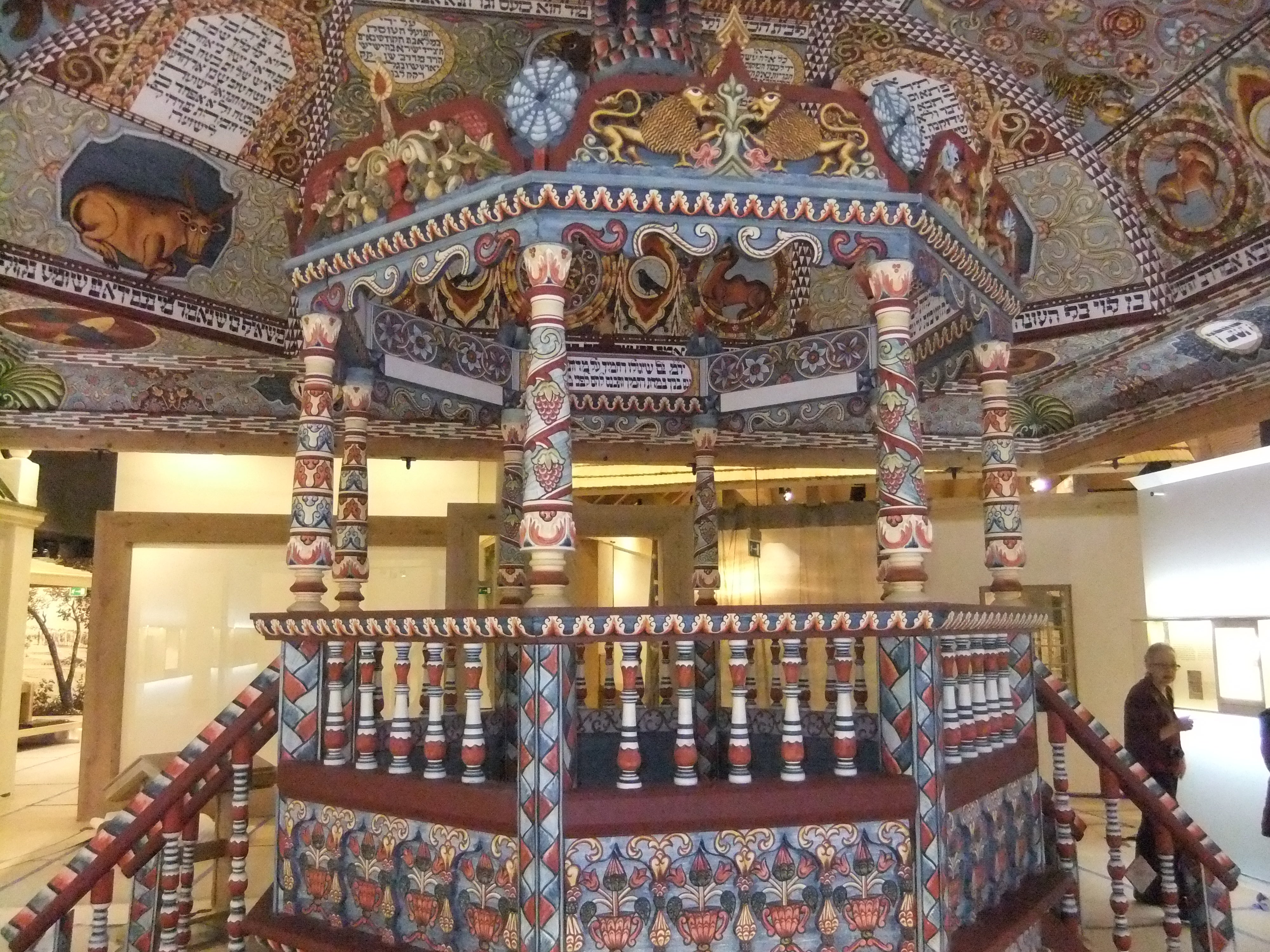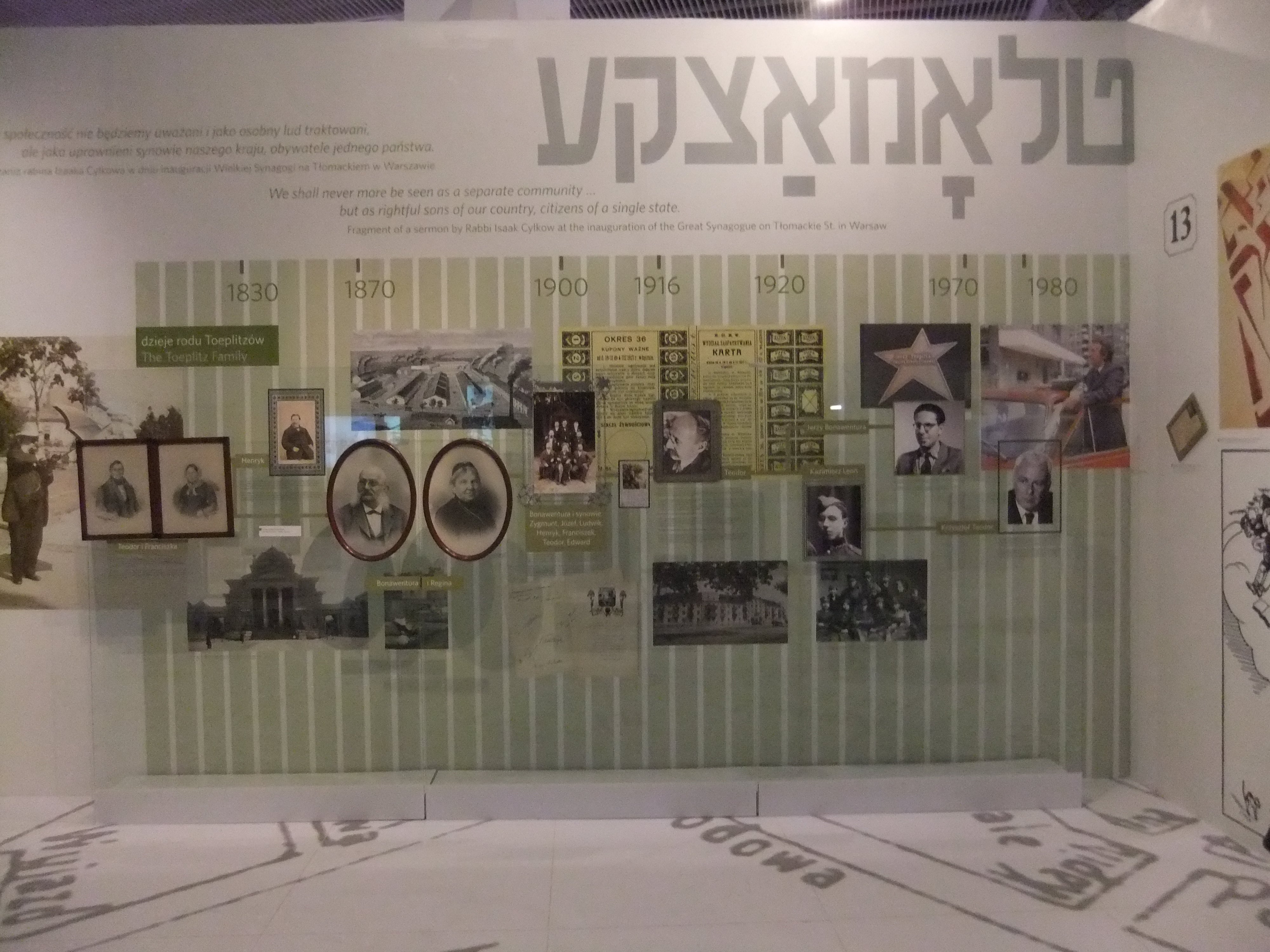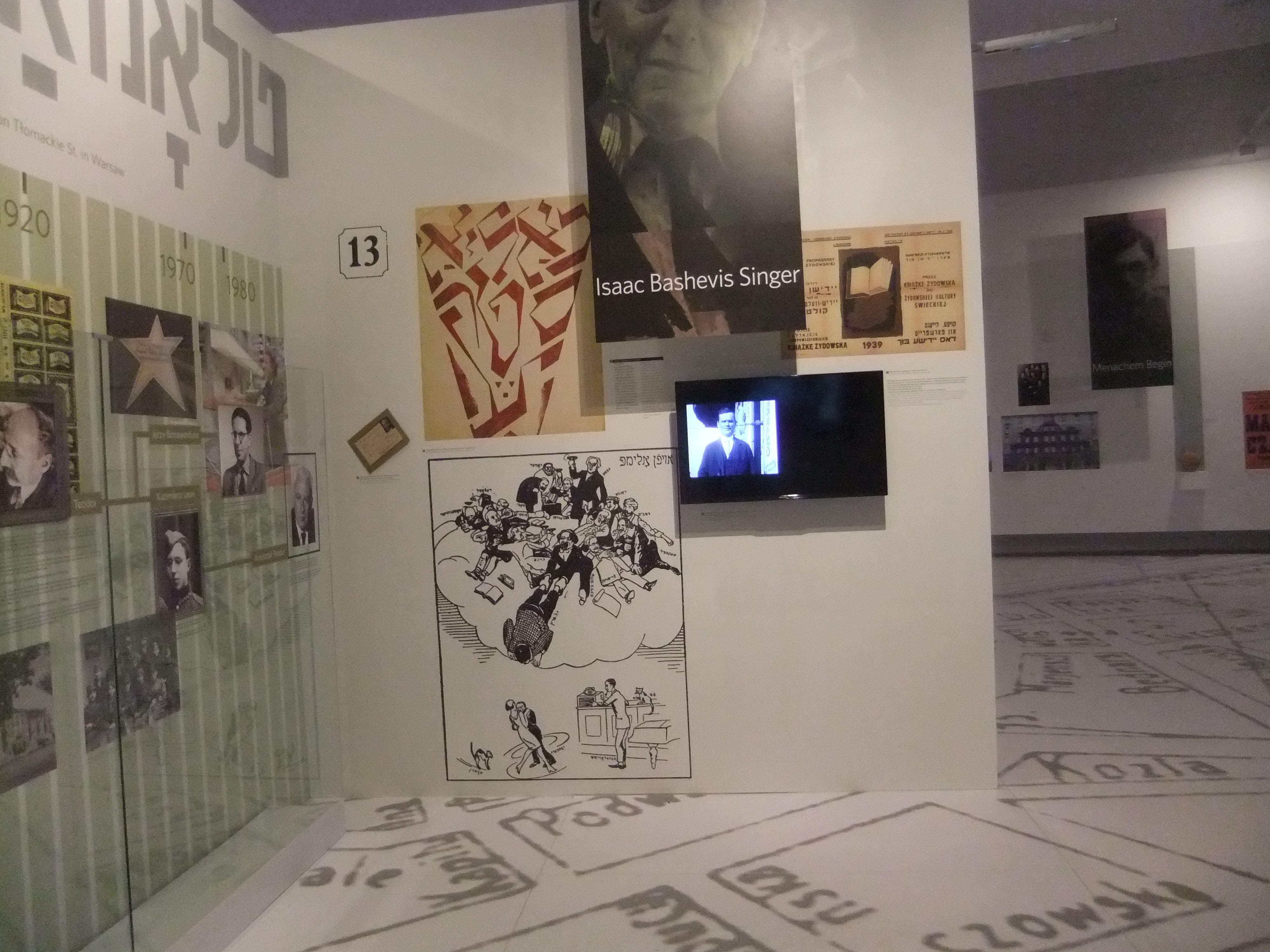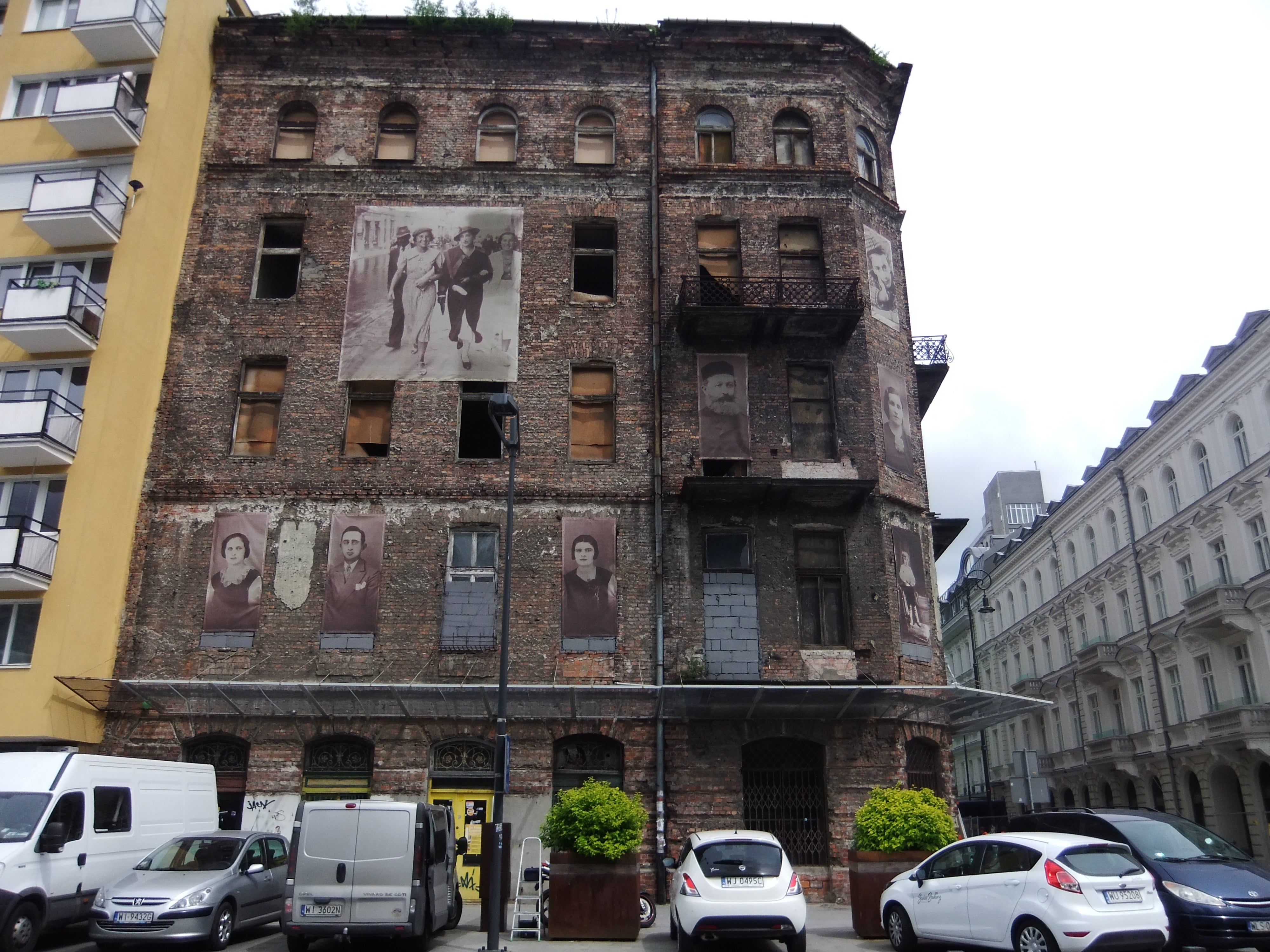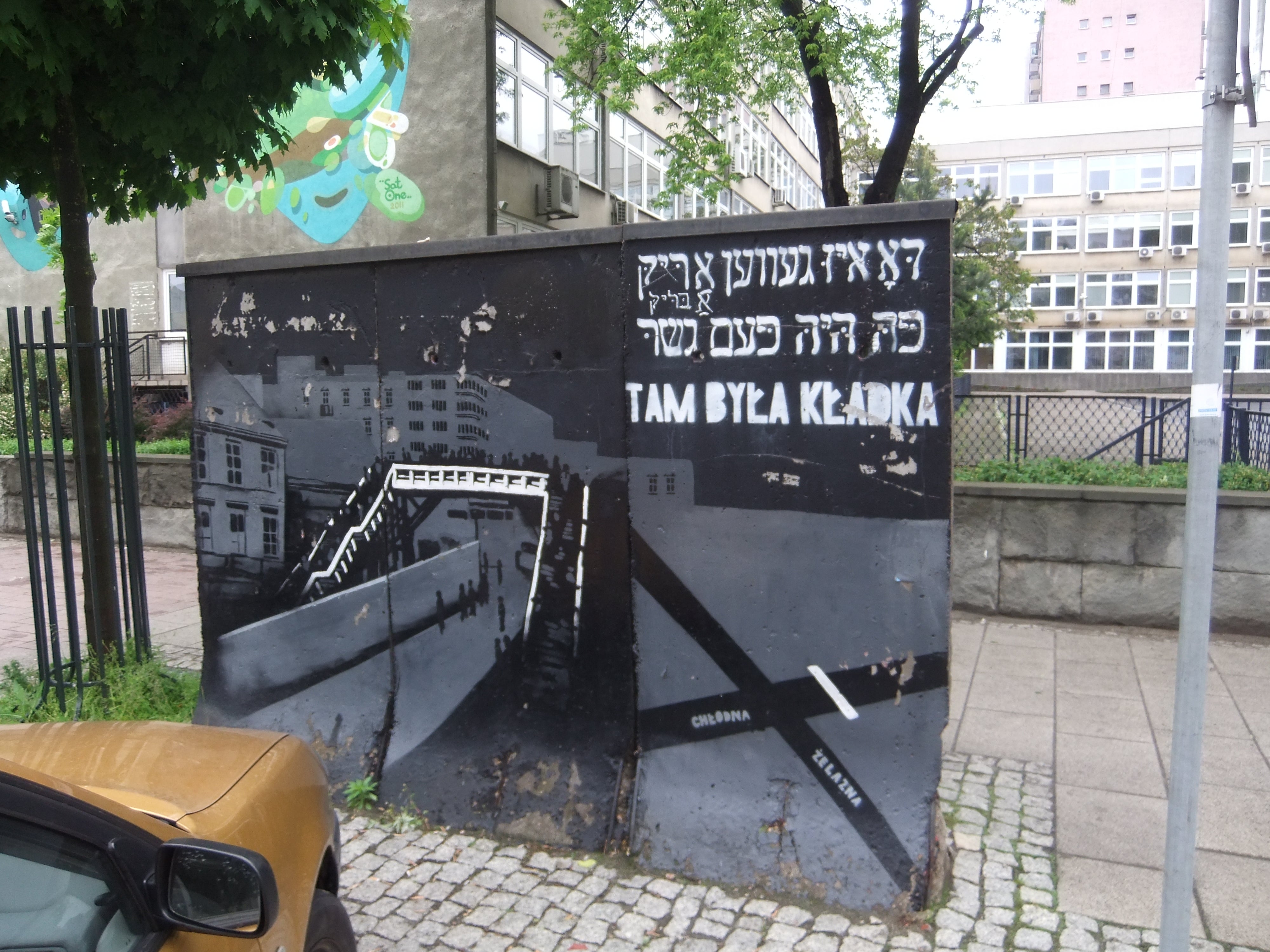On May 2014, I visited Warsaw (ווארשע) to do research for my book on urban cafés and modern Jewish culture. Here are some photos from my visit at the new Museum of the History of Polish Jews, and from walking around this incredible city, where traces of Jewish life are present almost everywhere.
The Museum of the History of Polish Jews:
This 18th century wooden synagogue was created by craftsmen and volunteers inside the museum, and will be part of the permanent exhibition
The temporary exhibition about Pre-War Warsaw ווארשע features Tlomackie 13, which functioned like a café for many Yiddish writers and journalists.
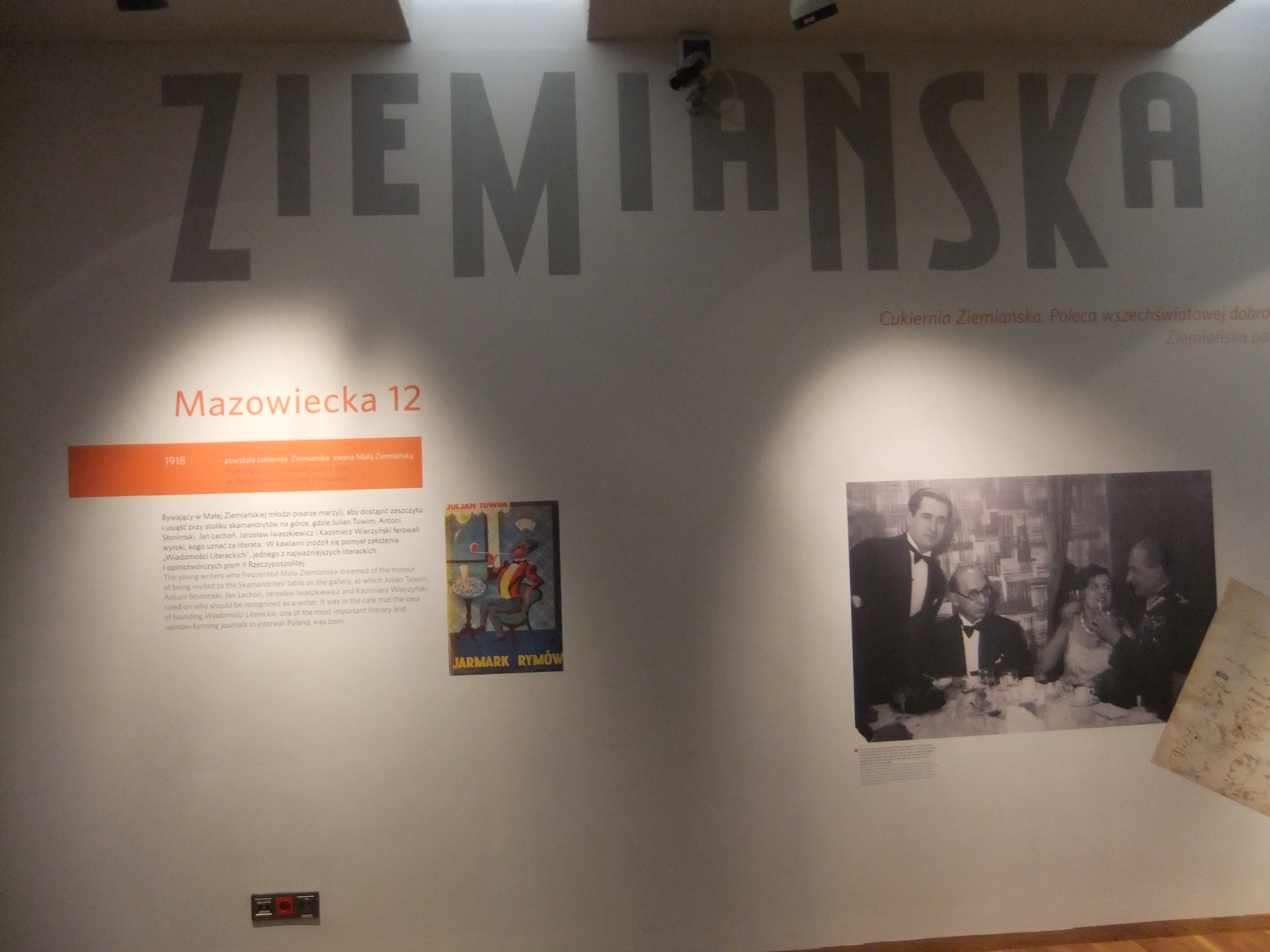
Dom Kereta/Keret House occupies the space between two apartment building and named after the Israeli writer Etgar Keret, who spent some time in “his house” in (not far from his mother was born and survived the war).

Shachar Pinsker and Ken Frieden at Cafe Próżna (Próżna 12):
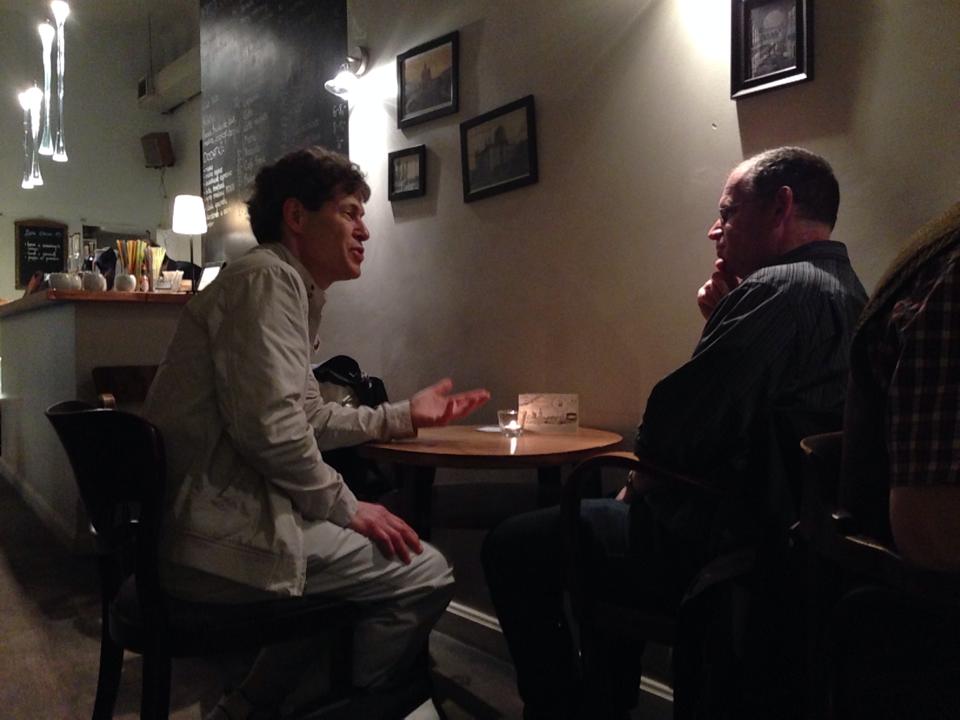
In this photo (taken by Olga Gershenson) you can see me discussing cafes and Jewish culture with Ken Frieden.
This is the famous Próżna street, which is the only Warsaw street with pre-war buildings that remained more or less untouched even after the destruction of the Ghetto. The amazing thing about it is that they use it for art and cultural events like the (Bashevis) Singer’s festival. For more information about this street and about the festival see their Facebook page
This is where the bridge of the ghetto on Chlodna St. (near Keret’s house) used to be. The sign is in Yiddish, Hebrew and Polish.
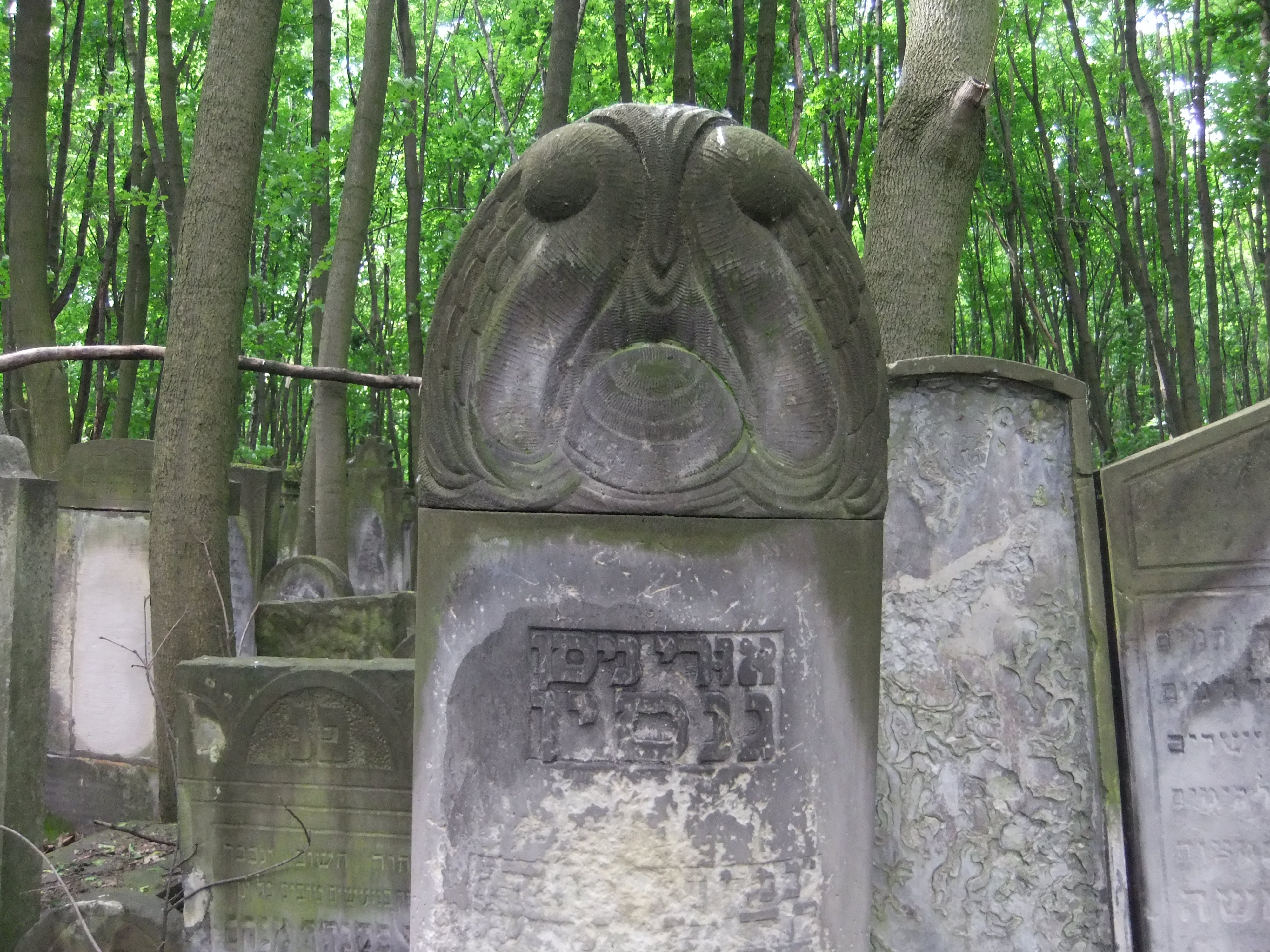
The old Jewish Cemetery in Warsaw (which survived the War and is one of the most magical places in Warsaw). The photograph is the hard to find tombstone of the great Hebrew modernist writer Uri Nissan Gnessin. Not far from this spot is אוהל פרץ, where Y.L. Peretz, S. An-sky and Yankev Dinezon are buried.
[map id=”1″]

